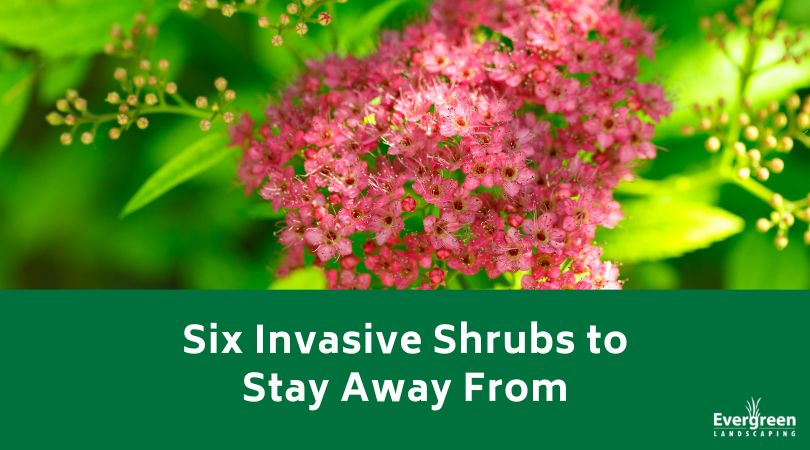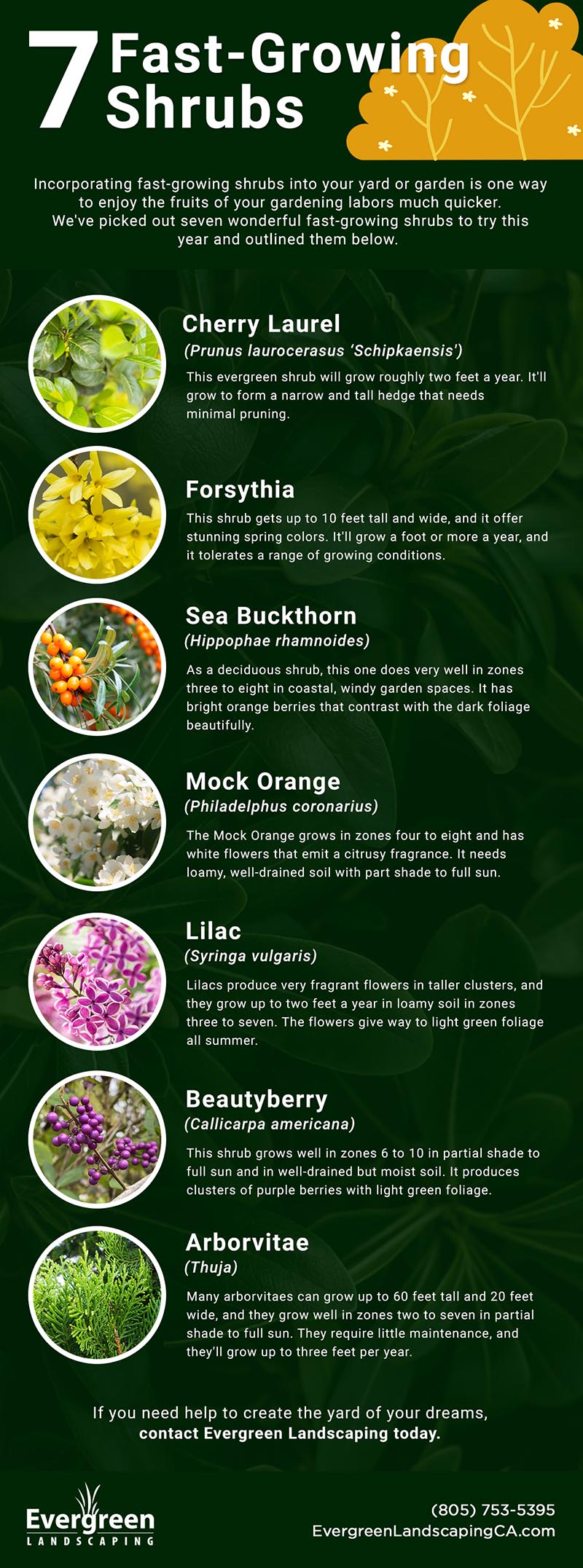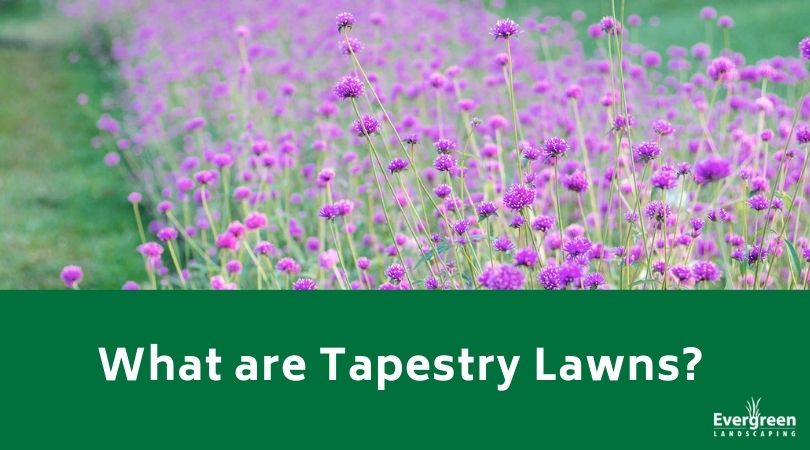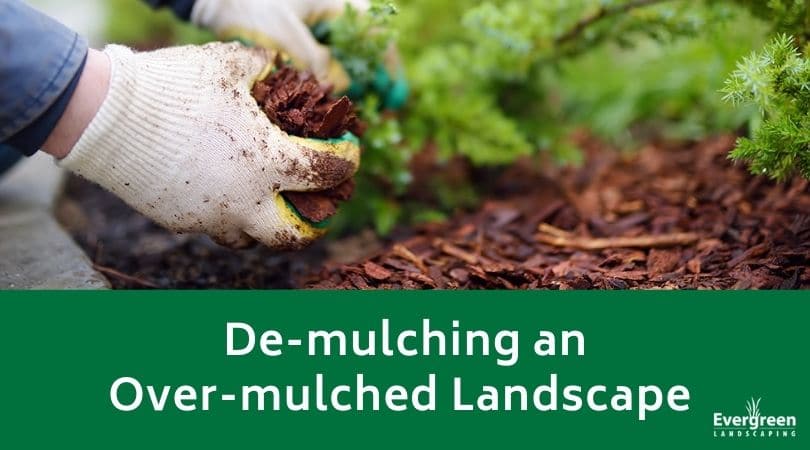Six Invasive Shrubs to Stay Away From

No matter if you’re maintaining the garden you already have or working on building up a new one, it’s essential to know which plants can be more of a hassle than a benefit to your space. Below, we’re going to go over a few shrubs that are widely considered to be invasive, and while they may look pretty, you want to stay far away from them.
- Autumn Olive (Elaeagnus umbellata)
Originating in the eastern portion of Asia, this shrub can get up to 20 feet tall and it thrives in zones four to eight. It’s a very hardy plant that grows where other plants fail. However, this determination, means that it spreads very quickly and can take over your garden. You also have to watch for sharp thorns when you’re around it.
- Common Gorse (Ulex europaeus)
Even though this plant is covered in pretty yellow flowers every year, this isn’t enough to cover the fact that it’s a very noxious weed. There are also very high oil levels in this plant, and this makes it more prone to issues with fire. However, this plant has adapted and now grows even faster after it survives a fire. This plant is another one that is covered in sharp thorns.
- English Holly (Ilex aquifolium)
English holly grows best in zones six to nine, and it’s a medium-sized tree or a larger dioecious shrub that gets between 10 and 50 feet tall. The red fruit is the star of this plant in the colder months, but it also means that you’ll have a ton more of this plant popping up. The leaves are very spiny and sharp, and the male cultivars don’t produce any fruit.
- European Cranberrybush (Viburnum opulus)
The name of this invasive shrub references the fruits as they look like a traditional cranberry. After they eat the fruit, birds spread the seeds to help the shrub spread very rapidly. However, it also helps to attracted the viburnum leaf beetle, and they can cause more damage to the surrounding plants. It’s native to Asia and Europe, and this invasive shrub grows well in zones three to eight in part shade to full sun.
- Japanese Spiraea (Spiraea japonica, Spiraea japonica var. alpina or Spiraea bumalda)
This invasive shrub is an imported variety that tends to endanger and take over native spiraea. The main reason why it’s invasive is because it’s so hard to control in landscape designs because the seeds can be dormant for many years. In turn, it’s almost impossible to get rid of completely. It gets up to six feet tall, and this shrub grows best in zones four to eight. It will produce flowers when you plant it in full sun, and this increases the spread.
- Multiflora Rose (Rosa multiflora)
Originating in the eastern portion of Asia, this invasive shrub has stems that will root and widen the original bush anywhere they touch the ground. In turn, the shrub can spread extremely rapidly and take over your garden. It can even form a vine in some cases to help extend the reach and shade out your other plants.
Contact Evergreen Landscaping
Do you want to know more about invasive shrubs to avoid? Maybe you already have some in your yard and you want help removing them. Whatever the reason, reach out and contact the professionals at Evergreen Landscaping today.












